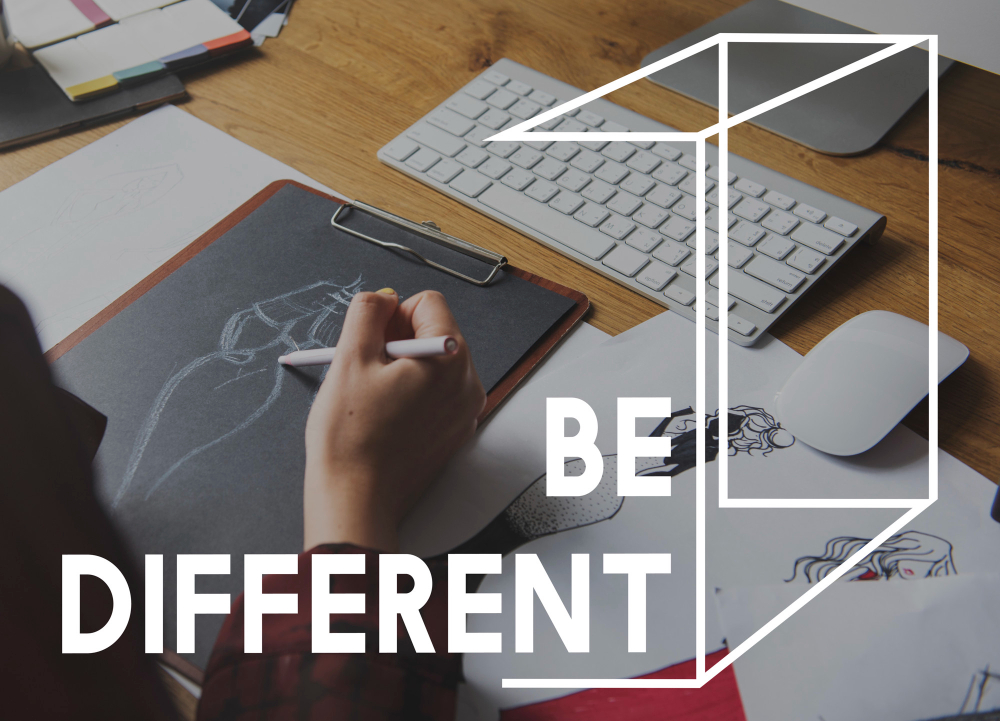Social design integrates design principles with social responsibility, aiming to create solutions that address societal challenges and improve communities’ well-being. The following ten projects exemplify how thoughtful design can drive positive social change across various contexts.
1. Hippo Roller: Enhancing Water Accessibility in Rural Africa
Access to clean water is a pressing issue in many African communities, where individuals often travel long distances to collect water. The Hippo Roller, designed by Pettie Petzer and Johan Jonker in 1994, addresses this challenge by enabling users to transport up to 90 liters of water more efficiently. Its durable, rolling design has reached over 20 countries, distributing more than 50,000 rollers and benefiting nearly half a million people. citeturn0search0
2. Kamwokya Community Centre: Empowering Ugandan Communities
In Kampala, Uganda, the Kamwokya Community Centre, designed by Kéré Architecture, serves as a beacon of community engagement. The center provides spaces for education, sports, and cultural activities, fostering social cohesion and empowerment among local residents. The design emphasizes sustainability and community participation, reflecting a deep understanding of local needs. citeturn0search5
3. “Buddy Bot” by Chaminade High School Students: Promoting Mental Health Among Teens
A group of ninth-grade students from Chaminade High School in Long Island developed an AI chatbot named “Buddy Bot” to mitigate the negative impacts of social media on teenagers. The bot provides positive reinforcement and encourages users to take breaks from social media, addressing issues related to mental health and excessive screen time. This innovative approach demonstrates how technology can be harnessed for social good. citeturn0news14
4. Kéré Architecture’s Participatory Designs: Building Community-Centric Spaces
Architect Diébédo Francis Kéré and his firm, Kéré Architecture, are renowned for projects that involve community participation and utilize local materials. Their designs, such as schools and community centers in Burkina Faso, not only provide essential services but also empower communities by involving them in the construction process, fostering a sense of ownership and pride. citeturn0search5
5. Livable by Sep Verboom: Sustainable Design Collaborations
Designer Sep Verboom’s label, Livable, collaborates with local communities in countries like the Philippines, Indonesia, and Brazil to create products that blend traditional craftsmanship with contemporary design. By using natural and reclaimed materials, these projects promote sustainability and provide economic opportunities for artisans, highlighting the potential of design to drive social and environmental impact. citeturn0search6
6. GRT Architects’ Brooklyn Townhouses: Merging Preservation with Modern Living
In Brooklyn, New York, GRT Architects revitalized two adjoining 1840s townhouses using Passive House strategies. The project preserved the historic Greek Revival facades while creating modern, energy-efficient interiors. This approach showcases how thoughtful design can honor architectural heritage while meeting contemporary sustainability standards. citeturn0news12
7. Designmatters at ArtCenter College of Design: Educational Initiatives for Social Impact
Designmatters is an educational initiative at ArtCenter College of Design that integrates design education with social innovation. Students engage in projects addressing issues such as public health, sustainability, and social justice, demonstrating the role of design education in fostering socially responsible designers. citeturn0search3
8. A’ Social Design Award: Recognizing Excellence in Social Design
The A’ Social Design Award is an internationally recognized accolade that honors designers, artists, and organizations for their contributions to social design. The award highlights projects that address social challenges through innovative design solutions, encouraging the global design community to prioritize social impact. citeturn0search4
9. Social Design Archive: Connecting People and Projects for Social Impact
The Social Design Archive is a platform that compiles projects pushing social affairs by design. It facilitates exchange between various stakeholders on their experiences with methods, constraints, and efforts of social design, transforming local knowledge into globally accessible information. citeturn0search7
10. Design for Need: Showcasing Innovative Social Design Projects
Design for Need is an organization that highlights innovative social design projects addressing global challenges. By showcasing designs like the Hippo Roller and other impactful solutions, they inspire designers to create products that improve lives and promote social good. citeturn0search9
Conclusion
These ten projects exemplify the transformative power of social design in addressing societal challenges. By integrating community needs, sustainability, and innovative thinking, designers can create solutions that not only solve problems but also empower communities and promote social well-being. As these examples demonstrate, social design holds immense potential to make a real difference in the world.
FAQs
1. What is social design?
Social design is an approach that applies design principles to address social issues and improve the well-being of communities. It focuses on creating solutions that are socially responsible, sustainable, and tailored to the needs of specific populations.
2. How does social design differ from traditional design?
While traditional design often emphasizes aesthetics and functionality, social design prioritizes the social impact of a project. It considers how design can address societal challenges, promote equity, and enhance the quality of life for communities.
3. Can social design be profitable?
Yes, social design can be profitable. Many social design projects incorporate sustainable business models that generate income while addressing social issues. By aligning profit motives with social good, designers can create solutions that are both financially viable and socially beneficial.

